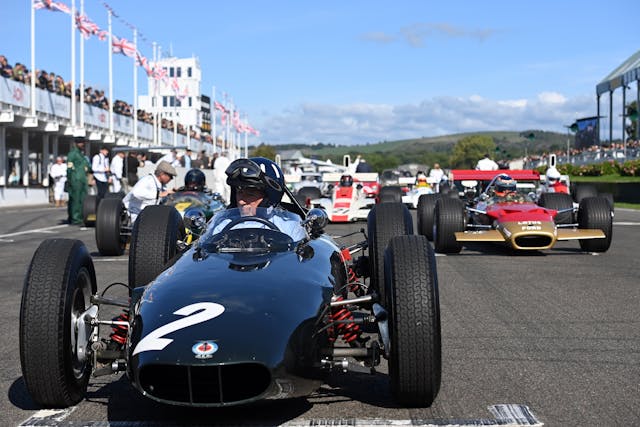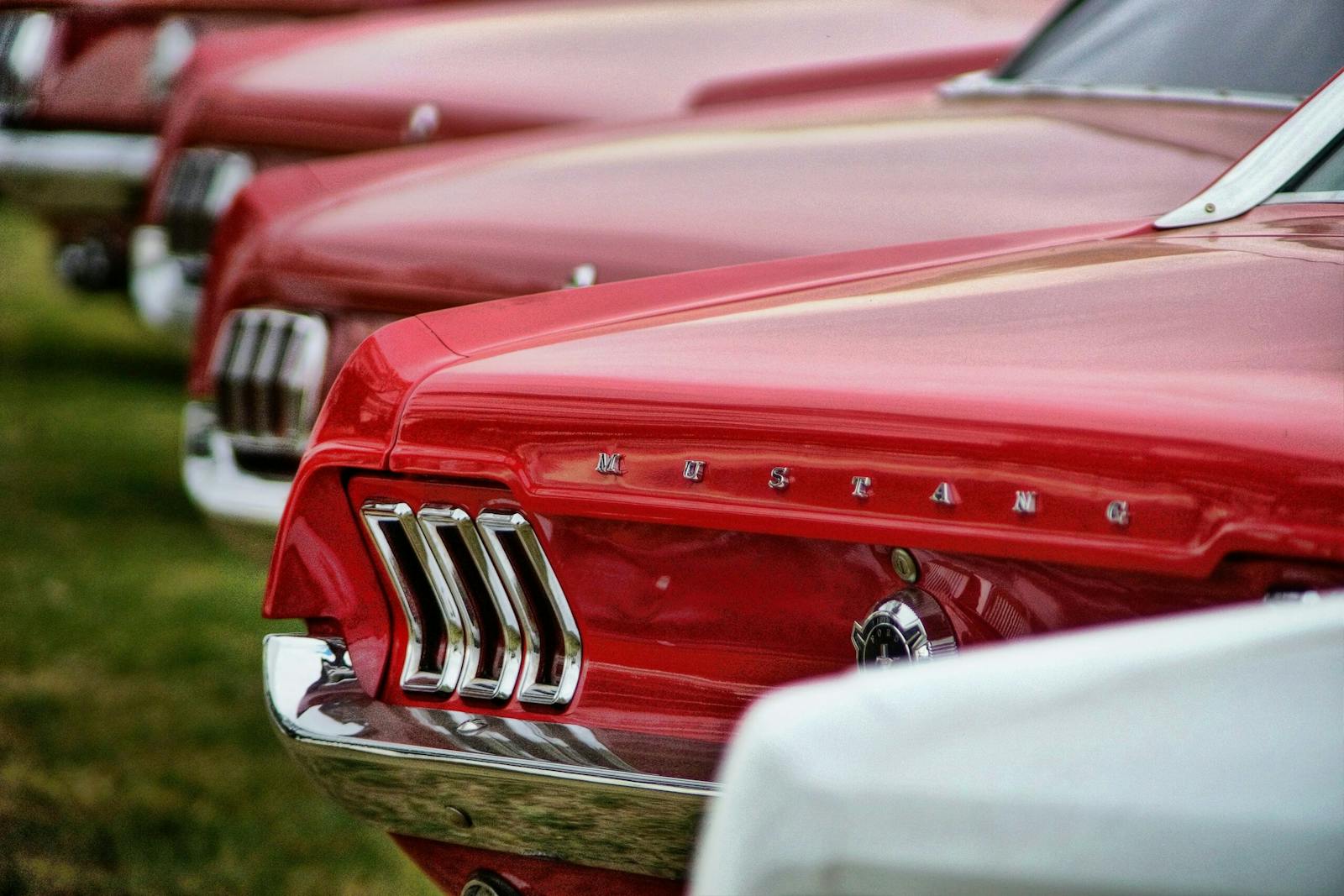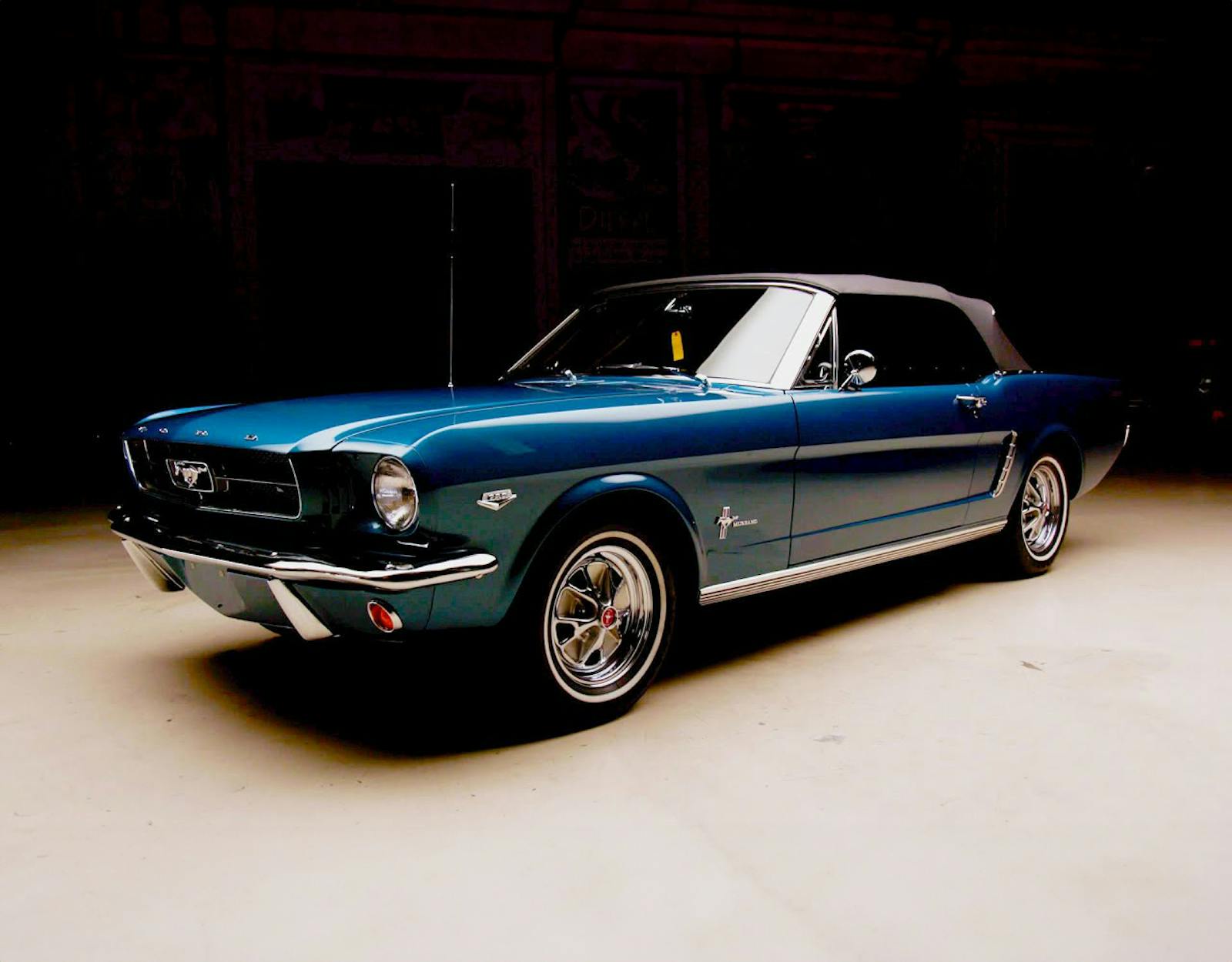A season of change in the United Kingdom—and a rare opportunity for American collectors
It has been a month of disorienting change for the United Kingdom. During the first weekend in September, a summer heatwave was scorching the country. Boris Johnson was our prime minister. We had a Queen.
Now the leaves are falling, and not only do we have a new King, but a new government, too, one with dramatic economic policies. Prime Minister Liz Truss and her Chancellor of the Exchequer, Kwasi Kwarteng, have tried to put the brakes on the cost-of-living crisis by freezing home fuel price rises, cutting higher-rate income taxes and removing city bonus caps. Bold moves that the money market didn’t like, given global inflation and the potential impact on the government’s deficit. Twelve months ago, you could get $1.35 for every British Pound. As of this writing, it’s $1.08, with forecasters expecting parity before long. The BBC reports that a number of major UK mortgage providers have stopped offering loans to new customers and that 40 percent of mortgage deals have been taken off the market in the past week.
It happens that September was also a big month for classic car auctions in the UK, starting with Gooding & Company at Hampton Court on the 3rd and continuing with Bonhams sales at Beaulieu (September 9) and Goodwood (September 17), plus a host of smaller auctions. No surprise, they were impacted by the dramatic changes roiling the country and economy. In fact, the collector car market here may be at a turning point.
More specifically, we’re seeing signs of increasing separation between the most expensive cars and the rest. Some of that owes to class disparities that would be recognizable to any Charles Dickens reader—the wealthy have the means and the motivation to snap up expensive classics as a hedge against inflation and/or underperforming stocks, whereas middle-class car enthusiasts find themselves pinched affording the basics. Yet there’s something else going on here: The market for top-tier classics tends to be global, and as the pound has nosedived, dealers tell us that U.S. collectors are increasingly snapping up cars in the UK.
“There’s been a definite increase in the number of enquiries from potential American buyers who think there’s a better deal to be done at the moment,” said Max Girardo, head of the eponymous high-end dealer Girardo & Co. “Whether it will last is another thing.”
This trend was plainly obvious at Goodwood. Of the 117 lots that reached the rostrum 80 sold, a rate of 68.4 per cent and the no-sales included both cars estimated at £1M or above. That’s below-par relative to the auction performances we’ve become accustomed to in the past few years and even from earlier in the month at Hampton Court and Beaulieu, but not alarmingly so. What was really striking were the number of American buyers, both in the room and seemingly bidding remotely. What turned out to be the star lot, the ex-Penske/McLaren Cooper-Zerex-Oldsmobile racer, was reportedly chased by three bidders, two American and one based in Europe.
Everyone I spoke to, from auction specialists and dealers to collectors, expects this U.S. buying of high-quality British collector cars to continue. Not just is the exchange rate as good as it’s ever been, but the Bank of England interest rate of 2.25 percent is significantly lower than the Fed’s 3 to 3.25 percent. American buyers can theoretically borrow cheaply here, buy cheaply, and have the car shipped from nearby Southampton back to the States (or even stored here, again at reduced cost). It is notable that at the major European sale of the month—RM Sotheby’s auction in St Moritz—just 9 of the 22 lots on offer sold on the day (with another four marked as sold as we go to press). St Moritz in Switzerland has all the paperwork issues of being outside of the EU that Britain does, but without the attraction of nearby ports and cheap money.
American interest in top-tier classics trends seem likely to amplify what we observed in our latest release of the UK Hagerty Price Guide, in which “everyman” classics mostly struggled to keep pace with inflation whereas the big-money cars in our Gold Index rocketed up by an average of 17 percent.
Yet that doesn’t mean that lower priced cars aren’t selling at all. In fact, analysis of the many auctions that took place here in the past month shows that sub-£50,000 cars are actually selling better in percentage terms than any other price of car. The reason may be that sellers, given all the bad news, are getting more realistic about their prices.
“Sellers are definitely more willing to take a bid, which we can only assume is a reflection on the global economy,” said Roger Nowell of Manor Park Classics, which focuses on auctions in this area of the market. “Our sales rates are consistently circa 75 percent so [they seem to be] holding up,” he added. Hagerty Insider has noted previously that, after two years of unprecedented appreciation, some sellers have unrealistic expectations of what they can get for their cars on the open market. In the United Kingdom, at least, a month of sobering change has put an end to those fantasies.
__
John Mayhead is publisher of the UK Hagerty Price Guide.
***
Check out the Hagerty Media homepage so you don’t miss a single story, or better yet, bookmark it. To get our best stories delivered right to your inbox, subscribe to our newsletters.


